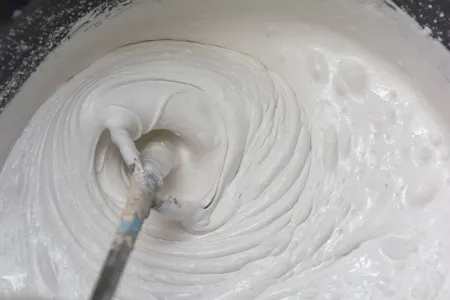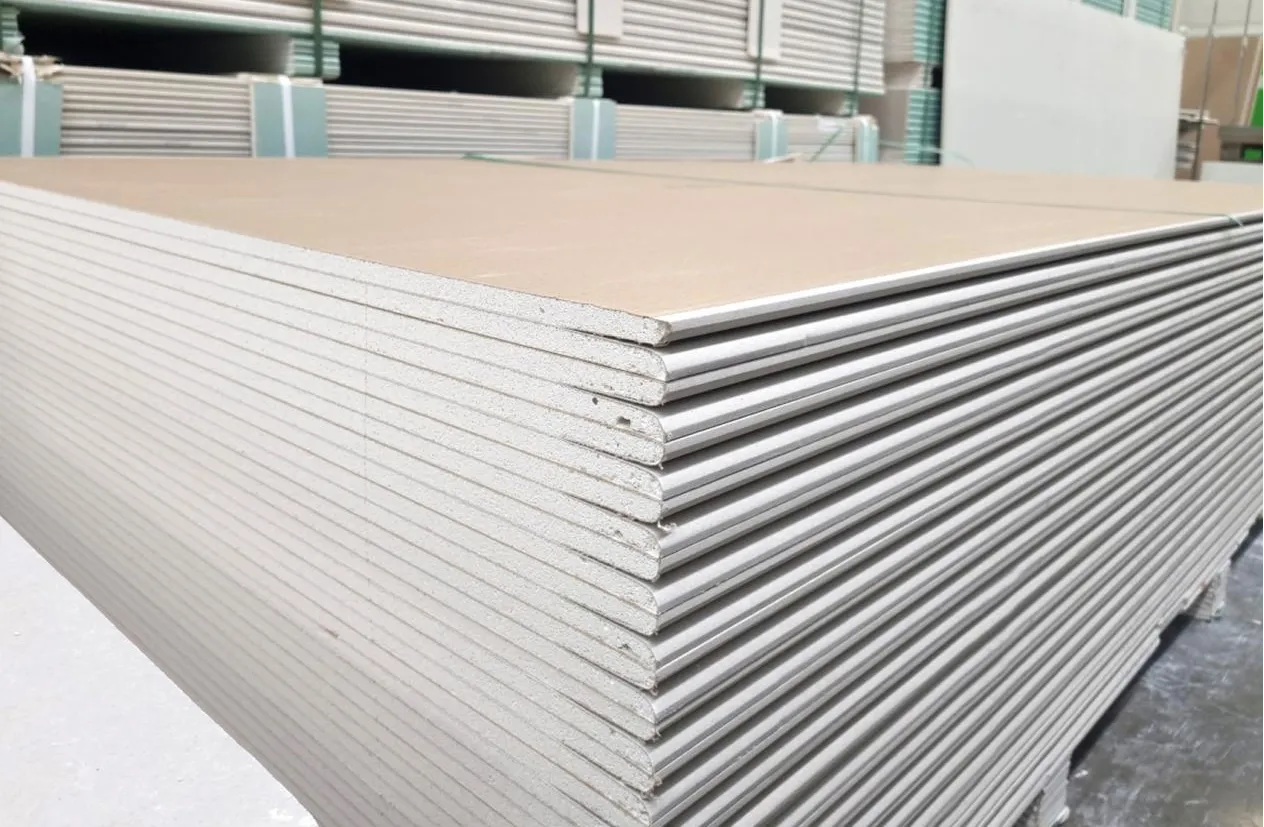
The Role of Gypsum Retarders and Accelerators in Modern Construction
Gypsum has long been a fundamental material in the construction industry due to its versatility, ease of use, and excellent finishing qualities. To optimize its performance in various applications, additives such as gypsum retarder chemical and gypsum plaster accelerator are often used to control the setting time. Understanding how these chemicals work, along with the common question — “gypsum is accelerator or retarder?” — is essential for construction professionals and DIY enthusiasts alike.

This article will delve into the properties and applications of gypsum retarders and accelerators, highlight traditional options like cream of tartar plaster retarder, and explore modern solutions such as the extra time plaster retarder Screwfix. Additionally, the discussion will touch upon the important topic of gypsum board fire retardant, a crucial feature in today’s building safety standards.

Gypsum Retarder Chemical vs. Gypsum Plaster Accelerator: What’s the Difference?
Gypsum is widely used in plasters, drywall, and other building materials. However, the natural setting time of gypsum can sometimes be too fast or too slow for certain projects. This is where chemical additives come in.
Gypsum Retarder Chemical
A gypsum retarder chemical is an additive that slows the setting time of gypsum plaster or related products. By extending the working time, retarders allow for easier application, better surface finishing, and reduced risk of cracking during drying.
One popular traditional retarder is the cream of tartar plaster retarder. Cream of tartar, a by-product of wine production, contains tartaric acid, which effectively delays the hydration process in gypsum without compromising its strength. This natural retarder is favored in artisan plastering and eco-conscious construction.
The use of retarders is particularly advantageous in hot climates or large projects where prolonged workability is needed. Additionally, retarders help maintain uniformity when mixing large batches, preventing premature setting.

Gypsum Plaster Accelerator
Conversely, a gypsum plaster accelerator speeds up the setting process. This is beneficial in colder environments where gypsum tends to set slowly, or in situations requiring rapid turnaround, such as patch repairs or urgent finishing.
Accelerators reduce wait times between coats and allow for faster completion, but must be used carefully since over-acceleration can cause reduced strength and increased brittleness.
Common Questions: Gypsum Is Accelerator or Retarder?
Two very similar but frequently asked questions are:
Gypsum is accelerator or retarder?
Gypsum is retarder or accelerator?
The answer to both is the same: Gypsum itself is neither an accelerator nor a retarder.
Gypsum is a base material that undergoes a chemical hydration reaction when mixed with water, forming a hard matrix. The speed of this reaction depends on environmental factors and additives. Retarders and accelerators are chemical modifiers added to either slow down or speed up the setting time respectively.
Thus, gypsum on its own does not control setting time but provides the substrate that is influenced by these additives.
Applications of Gypsum Retarders and Fire Retardants
Gypsum Retarder Applications
The applications of gypsum retarder chemicals are vast and varied:
Extended Working Time: In plastering large areas or intricate decorative works, retarders allow for smoother application and finishing.
Transport and Storage: Retarders help prevent premature setting during transport or storage, reducing waste.
Precast Gypsum Products: Manufacturers use retarders to control curing and improve the quality of precast boards and molds.
Repair and Renovation: When working on repairs, extended setting time allows for better bonding and reduces the risk of cracks.
Gypsum Board Fire Retardant
An essential feature of gypsum in modern construction is its natural fire resistance. However, many manufacturers enhance this by adding gypsum board fire retardant chemicals to improve performance.
Gypsum boards contain chemically bound water, which, when exposed to fire, releases steam and slows heat transfer. Adding fire retardants increases the board’s resistance to fire penetration, providing vital protection in buildings and enhancing safety compliance.
Extra Time Plaster Retarder Screwfix: A Convenient Solution
For DIY enthusiasts and professionals who need to extend working time quickly, products like the extra time plaster retarder Screwfix provide easy access to reliable retarders. Available at popular hardware retailers such as Screwfix, these products are formulated for simple addition to plaster mixes to slow the setting without affecting strength or finish.
This accessibility helps reduce project delays and improves application flexibility, especially for smaller jobs or repairs.
FAQ: Gypsum Retarder Chemical, Accelerators, and Fire Retardants
1. What is a gypsum retarder chemical and why is it used?
A gypsum retarder chemical slows down the setting time of gypsum plaster, allowing longer working time and easier application, especially useful in hot weather or large projects.
2. How does a gypsum plaster accelerator work?
A gypsum plaster accelerator speeds up the setting process, reducing drying time and enabling quicker project completion, ideal for cold conditions or urgent repairs.
3. Is gypsum itself an accelerator or retarder?
No, gypsum is neither. It is the base material whose setting time is modified by adding chemical retarders or accelerators.
4. What are some common gypsum retarder applications?
Gypsum retarders are used to extend working time in plastering, prevent premature setting during transport, improve precast gypsum product curing, and assist in repair works.
5. How does gypsum board fire retardant improve safety?
Gypsum board fire retardants enhance the natural fire resistance by slowing heat transfer and fire penetration, providing critical protection in building constructions.
The use of gypsum retarder chemical and gypsum plaster accelerator additives plays a pivotal role in controlling plaster and gypsum product setting times. Whether you need to extend working time with retarders like cream of tartar plaster retarder or accelerate drying, understanding the properties of these additives is key to achieving the best results.
Remember, gypsum itself is neither an accelerator nor a retarder; it is the base material modified by additives. Additionally, the incorporation of gypsum board fire retardant enhances the natural fire resistance of gypsum products, making them safer and more reliable.
For convenient access to retarders, options like the extra time plaster retarder Screwfix offer practical solutions for both professionals and DIYers. With the right knowledge and products, gypsum can be adapted to meet diverse construction needs effectively and safely.
-
Hydroxypropyl Starch as a Sustainable Construction AdditiveNewsNov.24,2025
-
The Gelation Properties of CMCNewsNov.21,2025
-
Redispersible Latex Powder and Water Retention CapacityNewsNov.21,2025
-
Dosage Control for Polycarboxylate Water ReducerNewsNov.21,2025
-
Film-Forming Properties of Polyvinyl AlcoholNewsNov.21,2025
-
The Function of Gypsum Additives in MortarNewsNov.21,2025





















